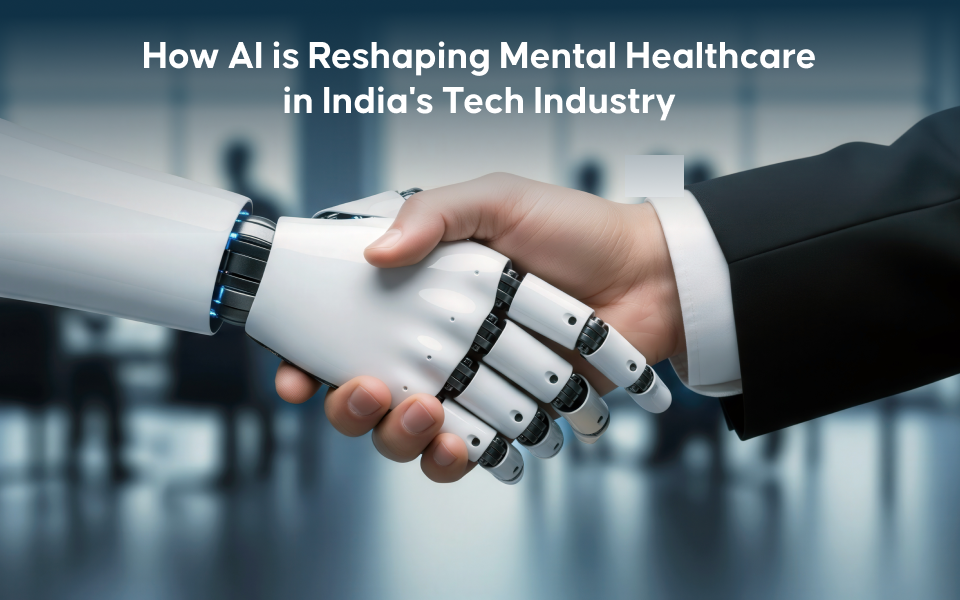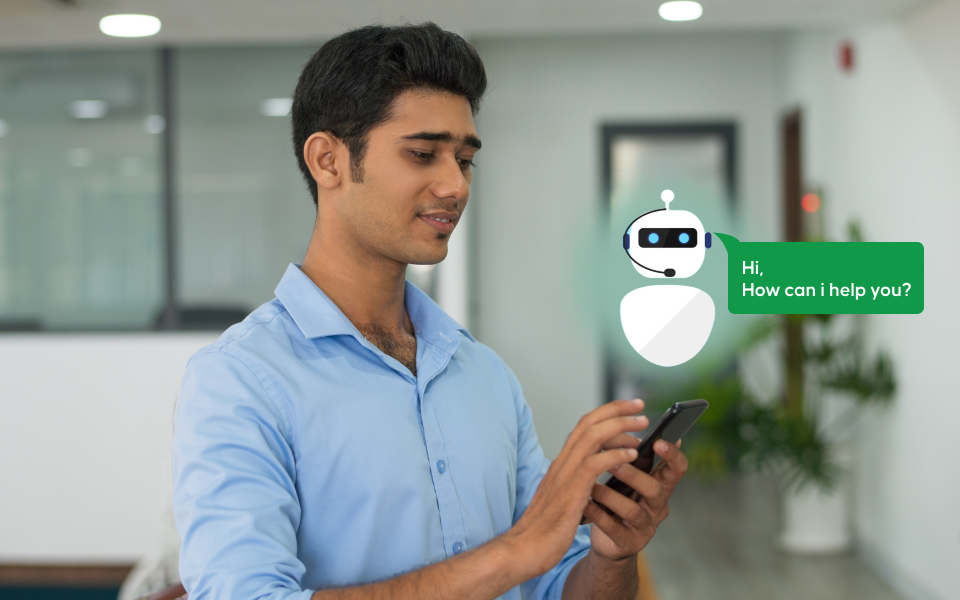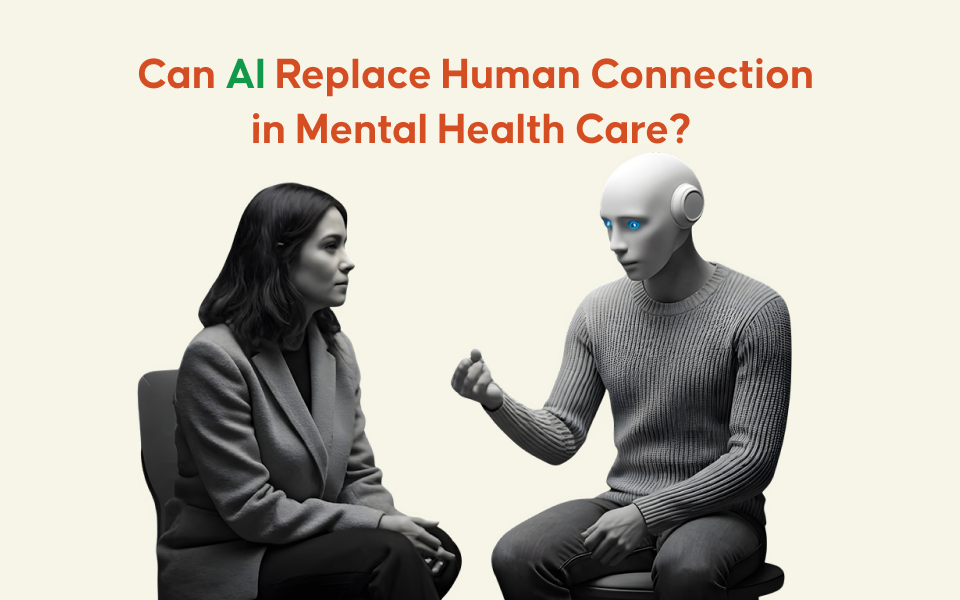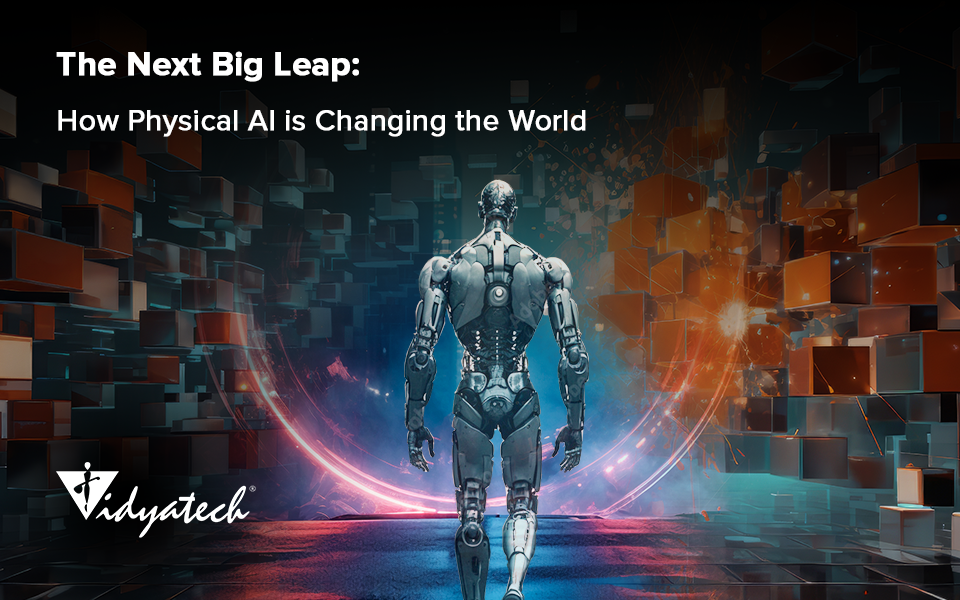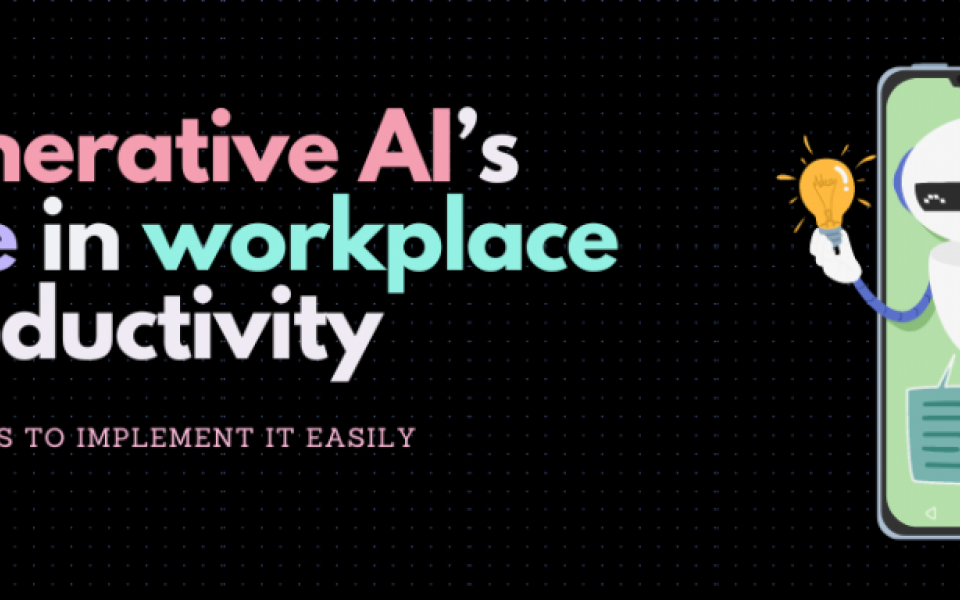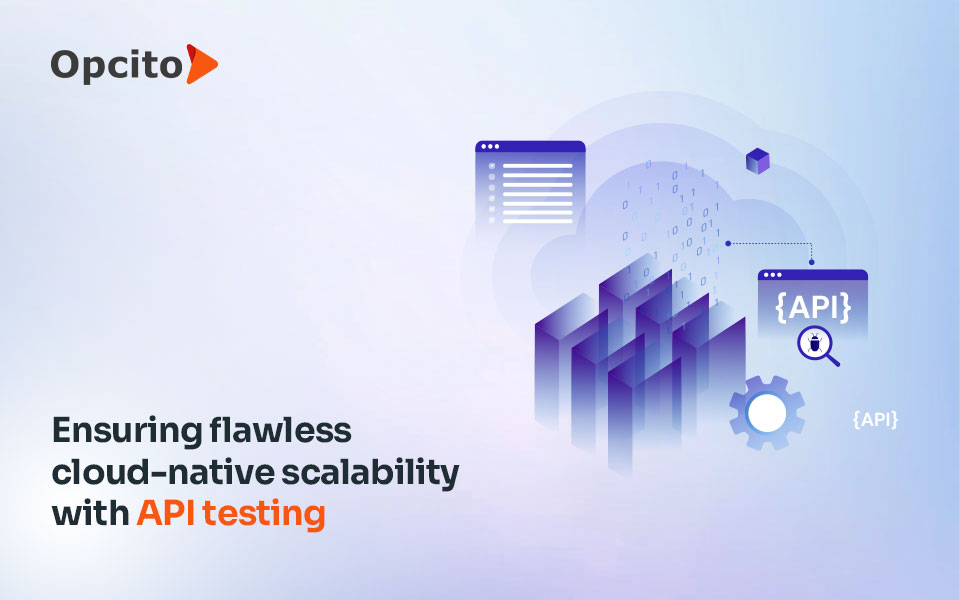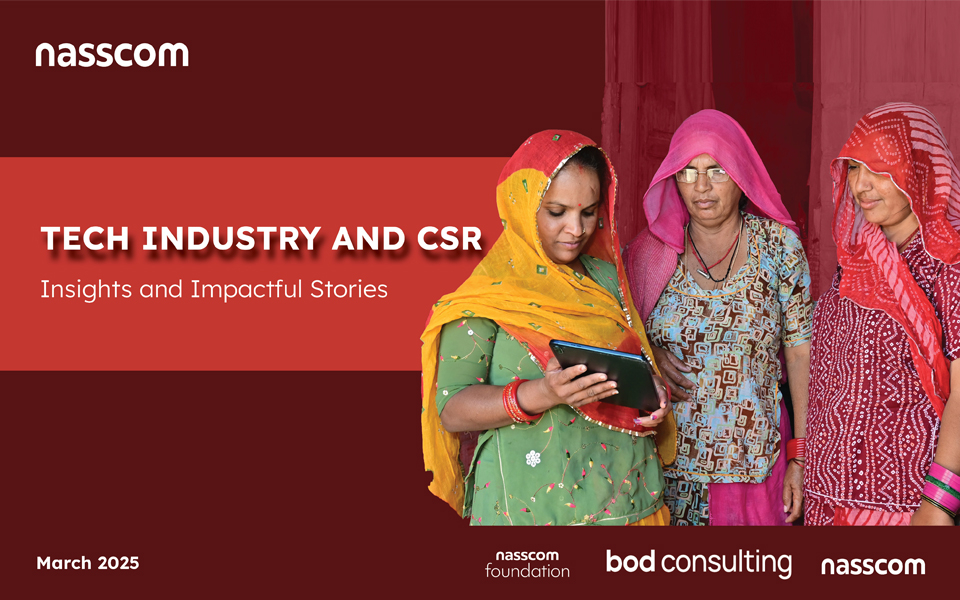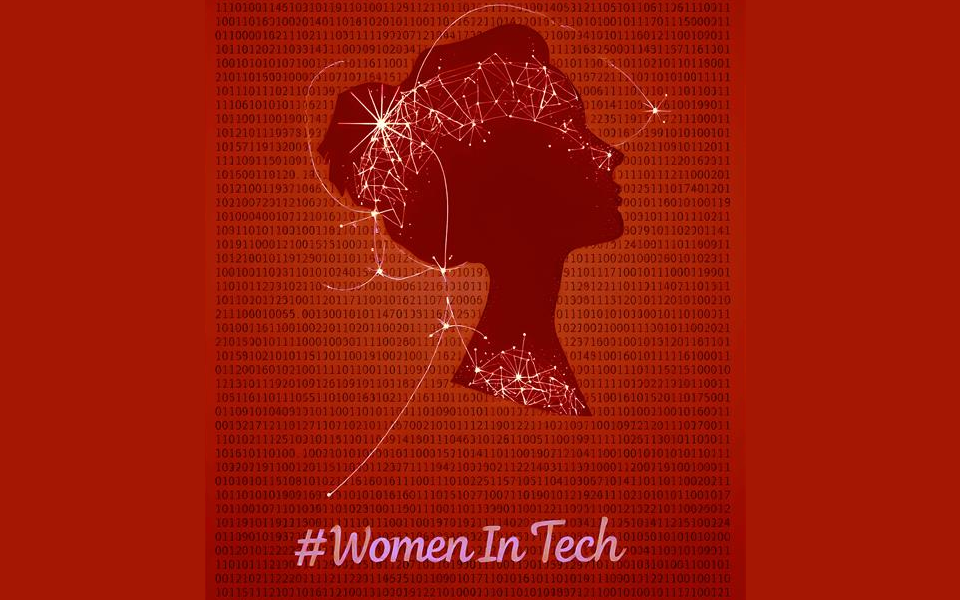 As you begin reading this article on your laptop/tablet/phone, you know we live in an age where whatever we do is shaped by technology in some way or the other. But beware, behind those lines of code, there lurks a hidden predator – unconscious bias.
As you begin reading this article on your laptop/tablet/phone, you know we live in an age where whatever we do is shaped by technology in some way or the other. But beware, behind those lines of code, there lurks a hidden predator – unconscious bias.
Unfortunately, unconscious bias can often creep into the development process, creating barriers for marginalized communities and perpetuating inequality. Let’s try to understand the concept of unconscious bias in software development and discuss ways to navigate it through inclusivity and accessibility.
Understanding bias in software development
In order to address and combat bias in software development, it is crucial to first understand what bias actually is and how it manifests in the digital world. Bias refers to the inclination or prejudice towards a particular perspective or group of individuals, often based on societal norms, personal beliefs, or stereotypes. When it comes to software development, bias can seep into various stages of the process, from the initial planning and design to the testing and deployment.
One way bias can manifest in software development is through the lack of diverse representation and inclusion. When development teams do not adequately reflect the diversity of their users, they may unintentionally overlook certain needs and perspectives. For example, if a team is primarily composed of individuals from a specific demographic, they may inadvertently prioritize features or designs that align with their own experiences, inadvertently excluding others. Any software that lacks diversity can become exclusionary and can fail to address the needs of marginalized communities.
Additionally, bias can also be introduced through data sets and algorithms used in software development. If these datasets are biased or incomplete, the resulting software can perpetuate existing inequalities or reinforce stereotypes. For example, facial recognition technology that has not been trained on a diverse range of faces may struggle to accurately identify individuals from certain ethnic backgrounds. Similarly, machine learning algorithms that are trained on biased datasets may produce biased outcomes, such as favoring certain demographics for job applications or loan approvals.
Understanding bias in software development is the first step towards creating inclusive and accessible software. It requires acknowledging the potential for bias to exist and impact the user experience. By recognizing and challenging our own assumptions, beliefs, and perspectives, we can begin to identify and address bias in our software. It also necessitates actively seeking diverse perspectives and incorporating them into the development process to ensure that a wide range of user needs and experiences are accounted for.
Let us now dive deeper into the importance of inclusivity and accessibility in the tech industry, explore strategies to combat bias in software design and development, examine real-world examples of bias and how it was addressed, discuss practical steps to implement inclusivity and accessibility, and emphasize the role of continuous learning and improvement in creating unbiased software. Together, we can navigate the complex world of bias in software development and work towards a future where technology truly serves all individuals.
Importance of inclusivity and accessibility in tech
Inclusivity and accessibility are not just buzzwords in the tech industry; they are fundamental principles that shape the future of software development. By embracing inclusivity and accessibility, we can ensure that technology is designed to serve all individuals, regardless of their background, abilities, or circumstances.
The importance of inclusivity and accessibility in tech cannot be overstated. In a world where technology plays a central role in our lives, it is crucial that everyone has equal access to its benefits. Inclusive technology creates opportunities for marginalized communities, empowers individuals with disabilities, and bridges the digital divide.
When we design software with inclusivity in mind, we are breaking down barriers and enabling participation for all users. This means considering the diverse needs and experiences of our users and incorporating them into every stage of the development process. It involves providing multiple ways for users to interact with software, such as keyboard shortcuts, voice commands, and screen reader compatibility. Inclusivity also means designing user interfaces that are intuitive and easy to navigate, so that individuals with different levels of technical proficiency can access and use software without barriers.
Accessibility, on the other hand, focuses on removing physical and cognitive barriers that prevent individuals from fully engaging with technology. This can include features like adjustable font sizes, color contrast options, and closed captions. By making software accessible, we empower the disabled to participate fully in the digital world and ensure that their needs are not overlooked or marginalized.
Inclusivity and accessibility are not just ethical imperatives; they also make good business sense. By creating software that is accessible to all, we open new markets and reach a wider audience. Inclusivity and accessibility are not constraints; they are opportunities for innovation and growth.
Strategies to combat bias in software design and development
Software design and development can be complex, but there are strategies that can help combat bias and promote inclusivity. By being proactive and intentional in our approach, we can create software that truly serves all individuals. Here are some strategies to consider:
Diverse and inclusive development teams
The best way to combat bias is to have diverse and inclusive development teams. By including individuals from different backgrounds, experiences, and perspectives, we can ensure that a wide range of user needs and perspectives are considered throughout the development process. This diversity can help challenge our assumptions and biases, leading to more inclusive and accessible software.
User research and testing
User research and testing are critical in identifying potential biases in software design. By engaging with a diverse group of users, we can gain insights into their unique needs and challenges. User testing also allows us to identify any potential biases or barriers that may have been unintentionally introduced. Regularly involving users in the design and testing process can help ensure that software is inclusive and accessible to all.
Design for flexibility and customization
When designing software, it's important to consider the diverse ways users may interact with it. Designing for flexibility and customization allows individuals to adapt the software to their specific needs. Providing options such as adjustable font sizes, color schemes, and customizable layouts can help ensure that individuals with different abilities and preferences can use the software comfortably.
Bias detection and mitigation
Incorporating bias detection and mitigation techniques into the development process can help identify and address potential biases. This can include reviewing algorithms and data sets for bias, implementing bias checks during the design phase, and conducting regular audits of the software to ensure ongoing inclusivity and accessibility.
Continuous learning and improvement
It's important to acknowledge that combating bias in software design and development is an ongoing process. The tech industry is constantly evolving, and new biases and challenges may arise. By building a culture of continuous learning as well as improvement, we can stay informed about emerging best practices, technologies, and research. Regularly seeking feedback from users and incorporating it into future iterations of the software can also help address any biases that may have been overlooked.
By implementing these strategies, we can navigate the complex world of bias in software design and development. By actively challenging our biases, embracing inclusivity, and prioritizing accessibility, we can create software that truly serves all individuals, regardless of their background, abilities, or circumstances. Together, we can build a future where technology is truly inclusive and accessible for everyone.
Real-world examples of bias in software and how these were addressed
Real-world examples of bias in software development serve as powerful reminders of the need for inclusivity and accessibility. These examples highlight the impact that unconscious bias can have on marginalized communities and emphasize the importance of actively addressing these biases.
One example of bias in software can be found in website designs that fail to consider the needs of individuals with visual impairments. This can manifest in the form of poor color contrast, which makes it tough for people with color blindness or low vision to read and navigate the website. Another example is the use of inaccessible image-based navigation, which prevents users with screen readers from understanding and interacting with the website effectively.
In response to these biases, developers and designers have taken steps to address these issues. They have implemented features such as high contrast color schemes, alternative text for images, and keyboard navigation options to ensure that individuals with visual impairments can access and navigate websites effectively. Additionally, they have conducted usability testing with users who have disabilities to gather feedback and make necessary improvements to the software.
These real-world examples demonstrate the power of actively addressing bias in software development. By recognizing the specific needs of marginalized communities and taking deliberate actions to address them, we can create software that is more inclusive and accessible to all users. These examples serve as inspiration and motivation for developers and designers to continue striving for unbiased software that serves and empowers everyone.
Implementing inclusivity and accessibility - Some practical steps
Implementing inclusivity and accessibility in software design and development requires intentional and proactive steps. Here are some practical steps that can help guide you in this process:
Conduct a diversity and inclusion assessment
Begin by evaluating the diversity and inclusivity of your development team. Assess whether your team represents a diverse range of backgrounds, experiences, and perspectives. Identify any gaps and take steps to ensure a more inclusive and diverse team. This can include recruiting from underrepresented communities or collaborating with organizations that promote diversity in tech.
Involve users from marginalized communities
Engage with users from marginalized communities throughout the design and development process. Conduct user research and testing with individuals who represent a variety of backgrounds and abilities. Seek their inputs and review comments to ensure that all their unique needs and perspectives are considered and addressed in the software.
Follow accessibility guidelines
Familiarize yourself with the different accessibility guidelines, such as Web Content Accessibility Guidelines (WCAG). These guidelines provide best practices for creating accessible software. Implement features like alternative text for images, proper heading structure, and keyboard navigation to make your software accessible to individuals with disabilities.
Incorporate inclusive design principles
Embrace inclusive design principles in your software development process. Consider how different individuals may interact with and experience your software. Design with flexibility and customization in mind, allowing users to customize their experience to cater to their specific requirements.
Test for bias and conduct audits
Regularly test your software for bias and conduct audits to identify any potential biases that may have been unintentionally introduced. Review your data sets and algorithms thoroughly to ensure they are representative and unbiased. Incorporate bias checks at each stage of development to mitigate any biases that may arise.
Seek feedback and iterate
Continuously seek feedback from your users and incorporate it into your software development process. Conduct usability testing with diverse groups and actively listen to their insights and suggestions. Use this feedback to iterate and improve your software, ensuring that it remains inclusive and accessible over time.
By following these practical steps, you can make meaningful progress in implementing inclusivity and accessibility in your software development process. Remember, it is an ongoing effort that requires a commitment to continuous learning and improvement. Together, we can create software that truly serves and empowers all individuals, regardless of their background or circumstances.
The role of continuous learning and improvement in the context of bias
Continuous learning and improvement play a vital role in navigating unconscious bias in software development. The tech industry is constantly evolving, and with it, new biases and challenges can emerge. By committing to ongoing learning and improvement, we can stay informed about the latest research, technologies, and best practices to address bias effectively.
Continuous learning involves actively seeking knowledge and insights about bias and inclusivity in software development. This can be achieved by reading industry publications regularly, attending conferences and workshops regularly, and by participating in online forums and communities. By staying abreast with the latest topics and trends, we can better understand the nuances of bias and how it can manifest in different contexts.
In addition to external learning, continuous improvement requires self-reflection and self-awareness. As software developers, we must continually challenge our own assumptions, biases, and beliefs. This means being open to feedback, listening to diverse perspectives, and actively seeking ways to improve our software.
Regularly seeking feedback from users is also crucial for continuous improvement. Users from marginalized communities can provide valuable insights into the inclusivity and accessibility of our software. By listening to their experiences, needs, and suggestions, we can identify areas for improvement and iterate on our designs.
It's important to remember that continuous learning and improvement are not one-time endeavors. Bias is an ongoing challenge, and new biases can emerge as technology evolves. A well-developed culture of continuous learning and improvement within our development teams can create an environment that encourages open dialogue, learning from mistakes, and embracing new approaches.
Ultimately, the role of continuous learning and improvement in navigating unconscious bias in software development is to create a mindset of growth and adaptability. By continuously striving to learn, improve, and challenge ourselves, we can create software that is more inclusive, accessible, and empowering for all individuals.
Authors
Anamika Mukhopadhyay
https://www.linkedin.com/in/anamikamukhopadhyay/
As a passionate QA Consultant with over a decade of immersive experience spanning various domains of software testing and automation, I’ve delved into a wide spectrum of testing methodologies, cultivating a profound comprehension of how functionality, performance, user experience, and accessibility intricately intertwine. In my current role at Nagarro, I proudly lead the Global Mobile Testing and Access Ability practices. My passion lies in advocating for inclusive software that caters to diverse user needs. One of the initiatives I take immense pride in is being a part of TestingPro, where I contribute to training neurodivergent individuals for careers in software testing and feels truly rewarding.
Having a very dynamic perspective enables me to introduce pioneering strategies that not only streamline testing processes but also amplify efficiency and effectiveness in the projects I oversee and the consulting endeavors I engage in, also helping me push the boundaries of possibility in software testing and beyond. When not working, you might catch me exploring a fresh city and relishing its local cuisine.
Deepshikha
https://www.linkedin.com/in/deepshikha-aa1016b0/
Specializing in simplifying and revolutionizing software testing for all, Deepshikha is an integral part of the automation testing team at Nagarro. Her expertise shines as she diligently works to provide the right solutions to clients, addressing challenges in creative and effective ways. Bringing with her nearly a decade of experience in the software testing and automation domain, she has honed her skills through diverse engagements. As a technology evangelist, Deepshikha continually seeks innovative ways to optimize testing practices, streamline processes, and boost efficiency. Envisioning the role of a quality engineer extending beyond requirements, she incorporates modern technologies to provide a comprehensive perspective on quality assurance. Her mission is to share this innovative approach with others, adapting to the evolving landscape of software testing. When not working, she indulges in her love for reading novels, finding inspiration in the world of literature.






